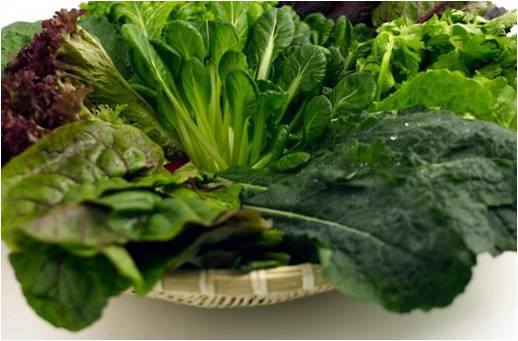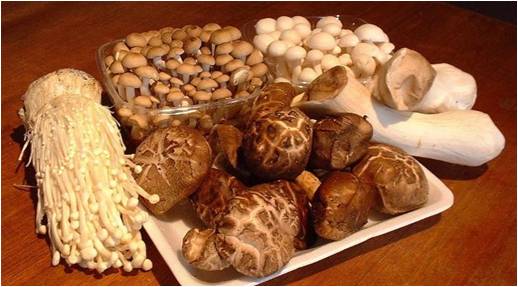Welcome to Part 2 of our Tip Tuesday: Storing Vegetables! Salad, mushrooms, stems and roots, are you ready to go through your kitchen and refrigerator to check whether you are following our rules of thumb? Let’s start!

Leaves (eg. Lettuce, spinach, basil, kale)
They neither like too cold nor dry conditions. Remove any bands, ties or pots. Keep them folded in a small damp piece of paper in a covered container before putting into the refrigerator.

Fungi (eg. Various types of mushrooms)
Without washing, keep them in a covered container and store it in the refrigerator.

Stems (eg. Celery, asparagus)
Keep them in a covered container and store it in the refrigerator.

Roots (eg. Beetroot, carrot, radish)
They usually have the greens on top. Cut the top off to reduce moisture loss so that the firmness can be maintained for a longer period of time. Wash them before keeping in a covered container which should be placed either at room temperature or in the refrigerator.
Rule of thumb:
- Always cut the vegetables during food preparation, not during storage.
- It is best to store the vegetables in a container to avoid them from absorbing odours from other items in your refrigerator.
- During storage, separate ethylene-producing fruits from vegetables. Ethylene-producing fruits accelerate the ripening of the vegetables.!
- Pack vegetables loosely in the refrigerator to allow good ventilation for rapid chilling and for their respiration (yes, they are still ‘alive’ and ‘breathing’!).
There you have it, some easy tips that will help you extend the life of your veggies and reduce food waste at your home!
Stay tuned for more advice!
The information provided here is served as a general guideline.
Nutritionist of The Froodly Team
Wan Lih Ching












